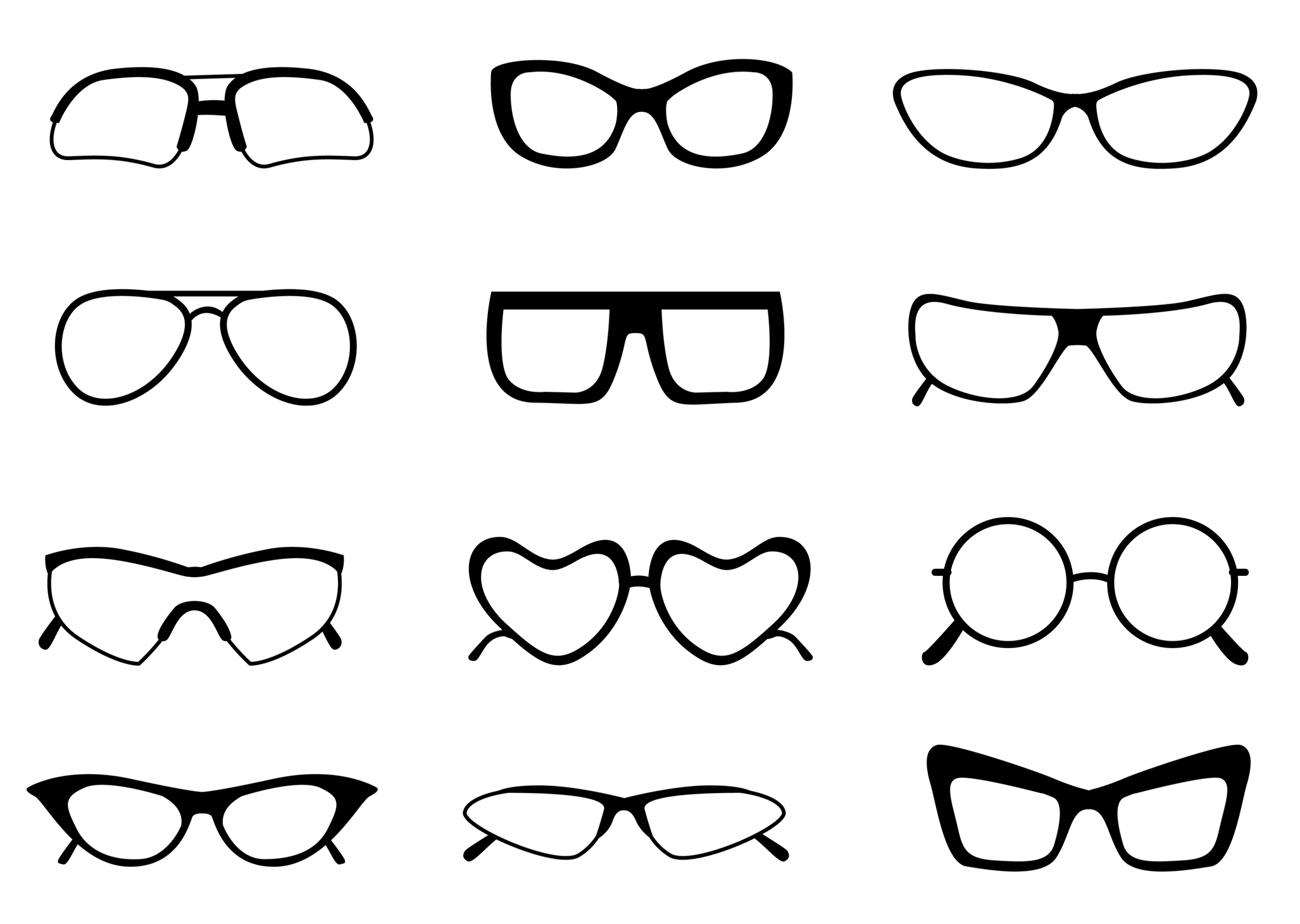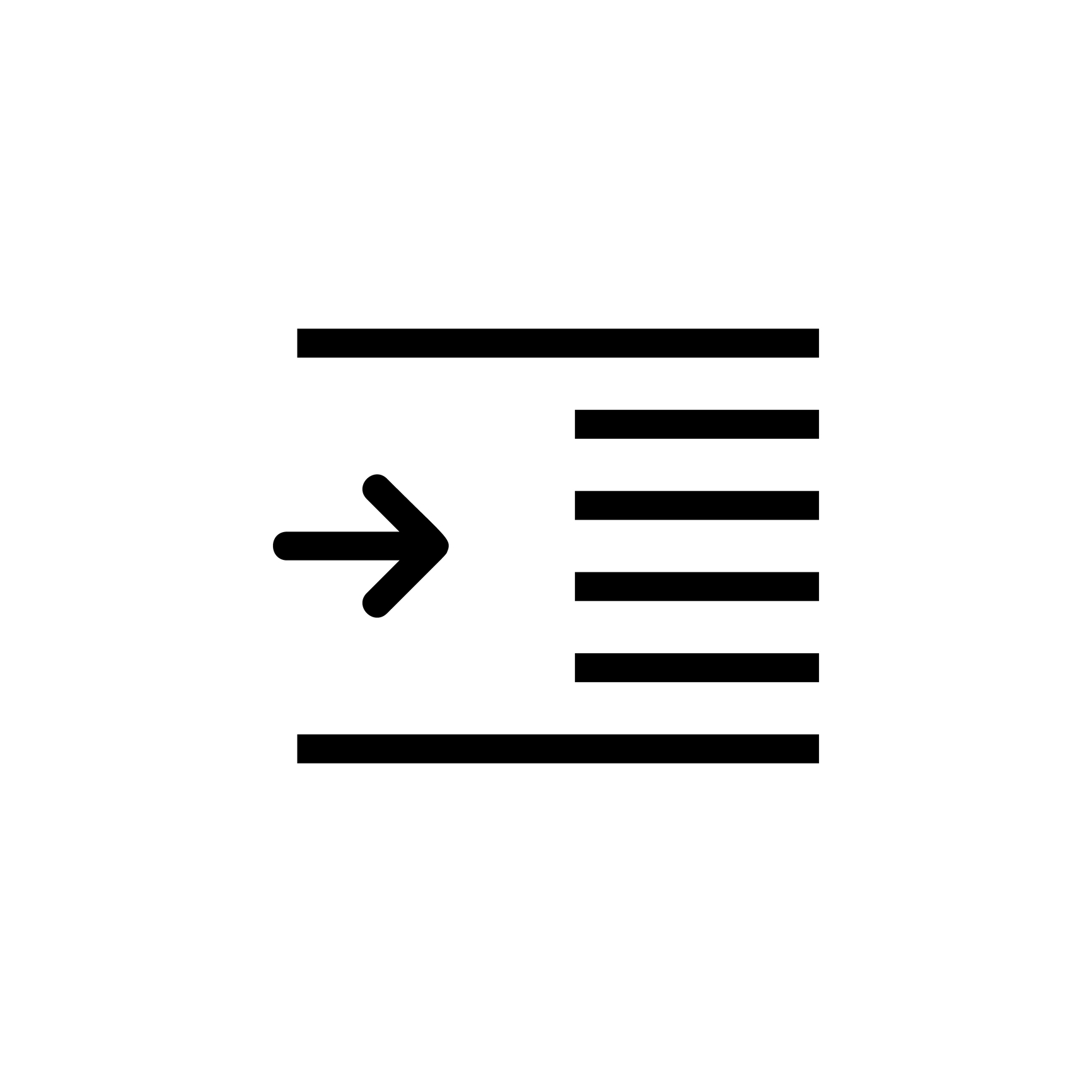DIY Book Formatting with Scrivener: Body Text 2
This is the second of two posts focusing on body text in this series on DIY Book formatting. In the previous blogpost, I looked at the basics of body text: point size, font style, leading and justification. In this follow-up post, I am considering four more aspects of body text formatting from our long list derived from studying a sample page of text. The paragraph style: indentation for the second paragraph,...






